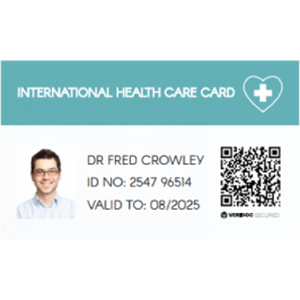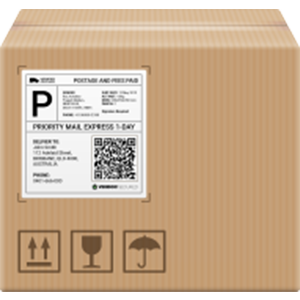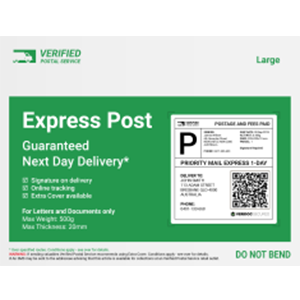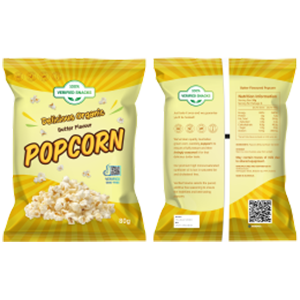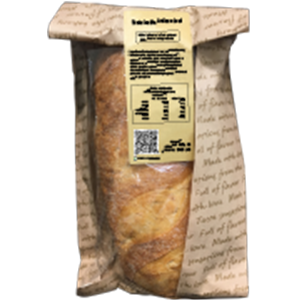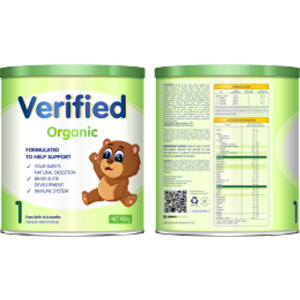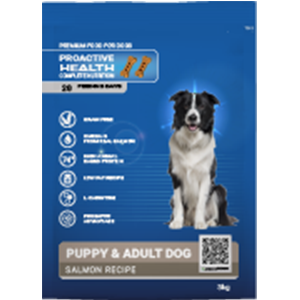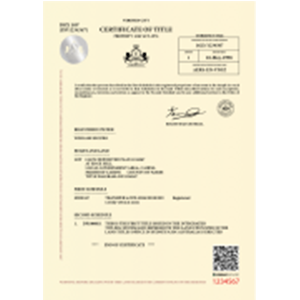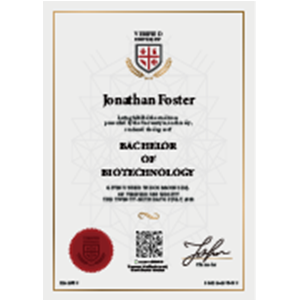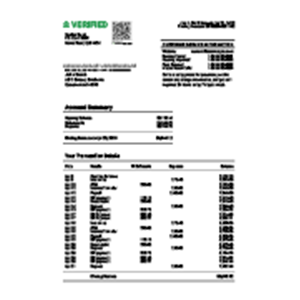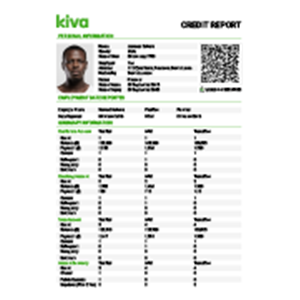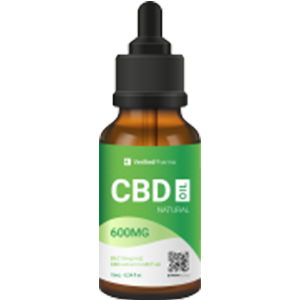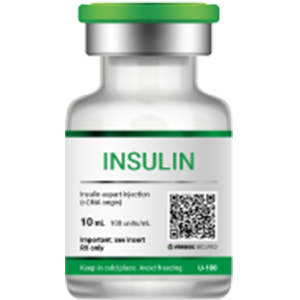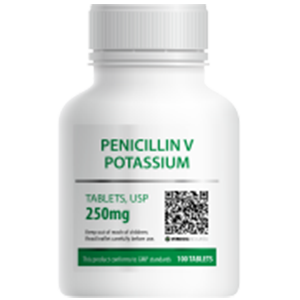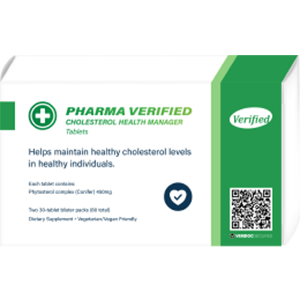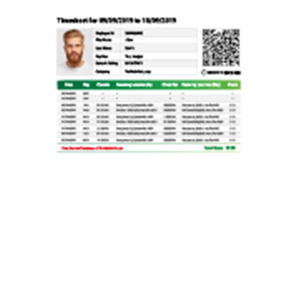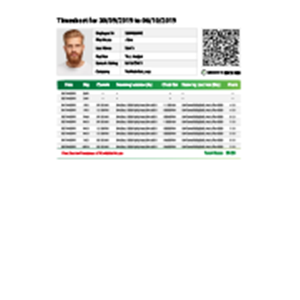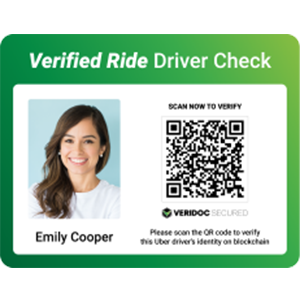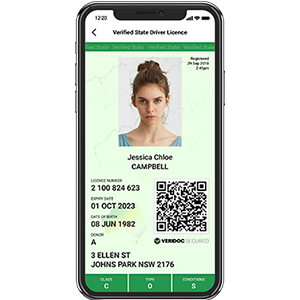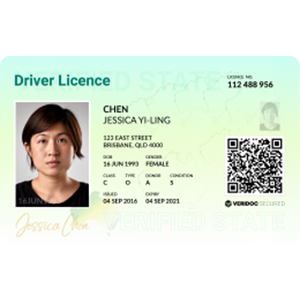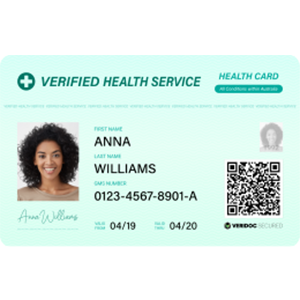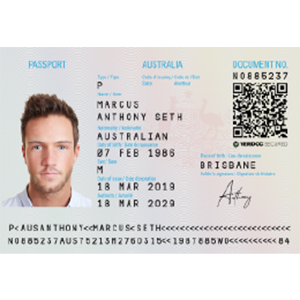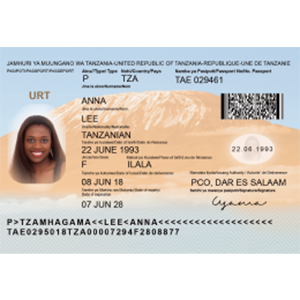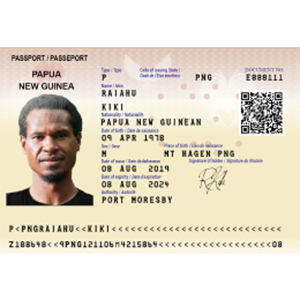It's About Time We Improved Food Labels. - People are still dying from mislabeled food.
27 Nov 2019

Somewhere out there among us, all walk everyday people, that live day in and day out with a condition so unexpectedly terrifying that it could bring the strongest of people to their knees.
A condition that steals the very breath from those affected, and horrifyingly the second most common food allergy in children, an allergy that frustratingly continues to increase every year.
While the peanut may seem harmless to many, dismissed as just another allergy, in retrospect, those that suffer from the condition spend most of their lives in paralyzing fear, that someday, someone or something holds the detonator that lets loose a chain reaction that finally claims their life.
Many wouldn’t think twice about the difficulties of living with such a condition, just don’t eat peanuts right?
Well, the reality is the standards and regulations currently in place to help those with such conditions are deficient and inadequate, a completely unacceptable standard in today’s current technological and digital era.
With Australia leading the world in deaths from anaphylaxis we can no longer afford to sit idly by as these people, our people, continue to lose the fight against food allergies.
Devastatingly the peanut has claimed many lives over the years, with ‘no nut’ support groups sharing their grief and pain of loved ones lost across their memorial pages. Those lives ripped from families by such a small thing as a peanut, have many questioning why, why are there so many deaths?
“Some packaged food that carried no cautionary labeling has been shown to cause anaphylaxis. Results from a 2018 survey of Australian allergy sufferers published in The Journal of Allergy and Clinical Immunology: In Practice, found that 6.7% with known allergies had self-reported an anaphylactic reaction to packaged foods where the allergen was not listed as an ingredient.
Of those reactions, 53.5% were reportedly from foods that didn’t contain a voluntary warning statement for the suspected trigger food and 8.6% didn’t have any PAL at all.” More to the story here
With the technological advancements that are upon us today the ability to raise these standards is within reach. The digital age has bought many a gift to the current era with revolutionary advancements continuing to astound us all, there is no limit to what can be achieved. Including the improvement of labeling and packaging, there is a whole spectrum of needs that could be catered for, all anyone wants is clear and concise information readily available on the product they wish to purchase, for some this might just be a personal choice to make life easier, but for many this is a life-changing necessity they need to survive.
Within an article voicing the same frustrations, there is a clear call for action as the experts express their concern for the current substandard packaging and labeling disasters that many often fall, victim.
“Labelling is a big issue,” says Dr. Rob Loblay, allergy unit director at the Department of Clinical Immunology, RPA Hospital, Sydney. “It’s easy for people to miss allergen information, and they often only find it after a reaction when they go back and look at the packet. The print is too small and hard for older people to read, and packaging can sometimes fold-over, obscuring the warning. I’d like to see a recognizable standard health information panel on all packaging that is separate from the ingredients list and contains allergen warnings, additives, and health claims. That way, everyone knows where to look.” More to the story here
The requirements to save lives seem almost too simple, information, we want more information from the products we purchase and the food we consume, and astoundingly the technology to give the people what they want already exists. Let's look at an example of chocolate ice-cream. You would understandably assume, that there wouldn’t be any peanuts in the ice-cream otherwise it would say, Chocolate and Peanuts on the label, right?
Unfortunately, it’s not ever that simple.
Scan the QR code in the image and see how a simple scan of an item could give you access to a wealth of information. By using a QR code reading app on any smartphone, a concerned or curious person could scan the QR code on a product and receive the necessary information, in this case, a detailed list of ingredients and an allergy warning that is clear and easy to read.
Veridoc Globals patented QR code blockchain solution involves embedding a QR code on an item with a unique digital hash inside the QR code. The hash holds a string of information that is then placed on the blockchain network for security, verification, and validation. Customizing the storage of necessary information on a blockchain network, an unchangeable and immutable technology.
Experience how easy our lives could be by downloading the free VeriDoc Global App from the Play or App Store.
Click here to go directly to the use case without scanning the QR code.
So instead of the ancient and inefficient way of printing all ingredients on the packaging “or what can be squeezed in” the new and evolved way to get information can be accessed the same way we do everything else, our phones.
VeriDoc Globals technology implementation is truly life-changing, not only will it make life a little bit easier for those that struggle every day, more importantly, it will save lives.
This was first published on Medium, by Renee K. To learn more about VeriDoc Global’s software and how it can be of benefit to you or your organization, please visit the website at www.veridocglobal.com






 Brand Trust
Brand Trust
